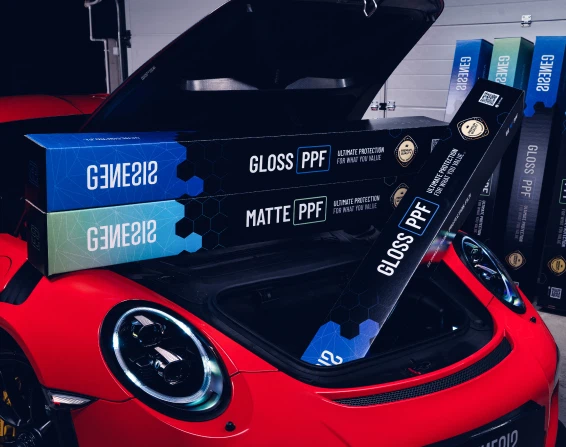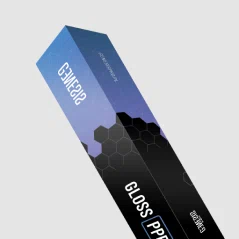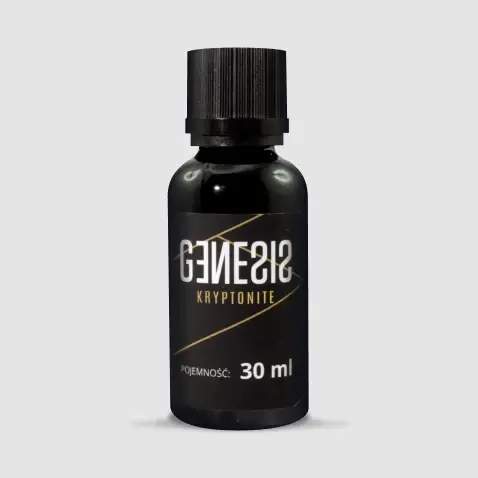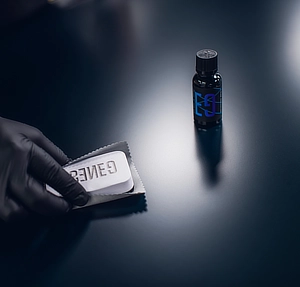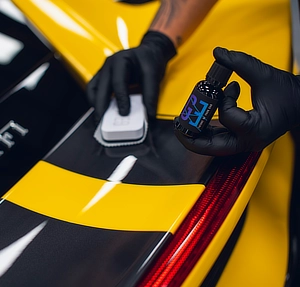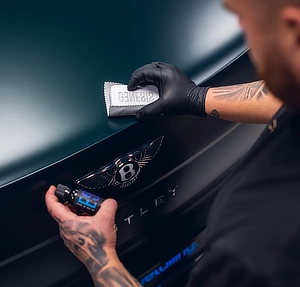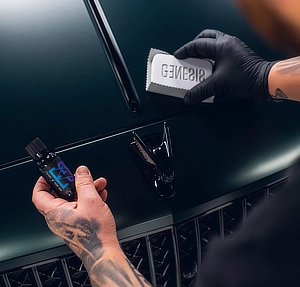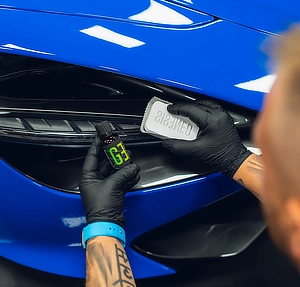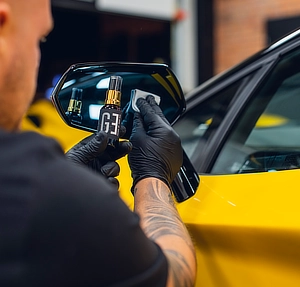Ceramic Coatings
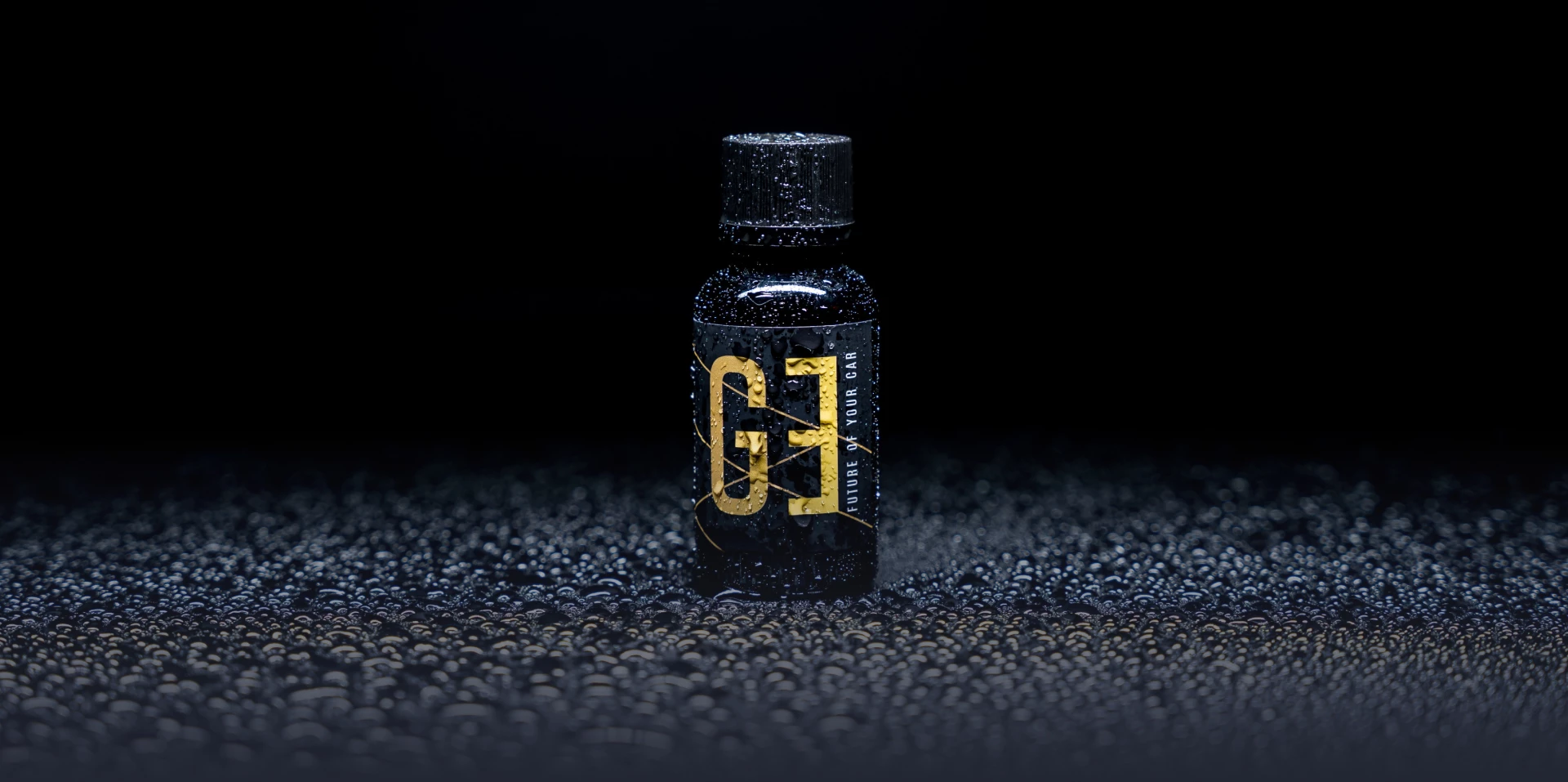
Ceramic coating is the key to protecting your paint
Ceramic coating provides the most durable protection for vehicle paint against:
- Light scratches
- Dirt and other daily damage
- Etching from bird droppings
- UV radiation
- Road salt
Check out our ceramic coatings
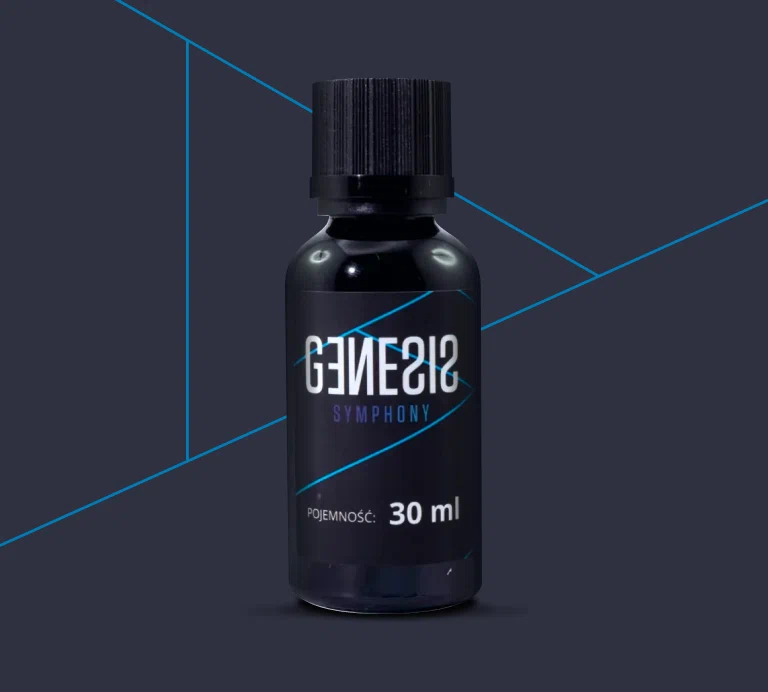
Coating
Symphony
Coating
Harmony
- Excellent protection against micro scratches
- Durability: 90.000-100.000 km / 3 years
- Top-level hardness of the coating: 9H
- Thickness of one layer: 1-1.2 μm
- Heat resistance: up to 300°C
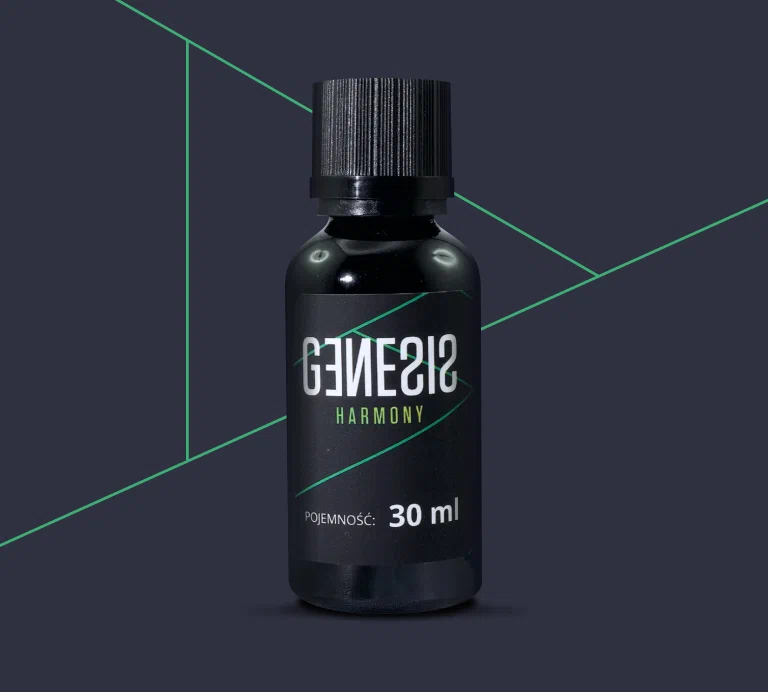

Coating
Kryptonite
- Best protection against micro-scratches
- Incredible smoothness and glossiness
- Thickness of one layer: 1.3-1.6μm
- Durability: 120.000 km / 5 years
- Heat resistance: up to 340°C
Coating
Dropless
- Works from 30mph (50 km/h)
- Significantly reduces wiper wear
- Unprecedented durability
- Makes insect removal incredibly easy
- Heat resistance: up to 300°C

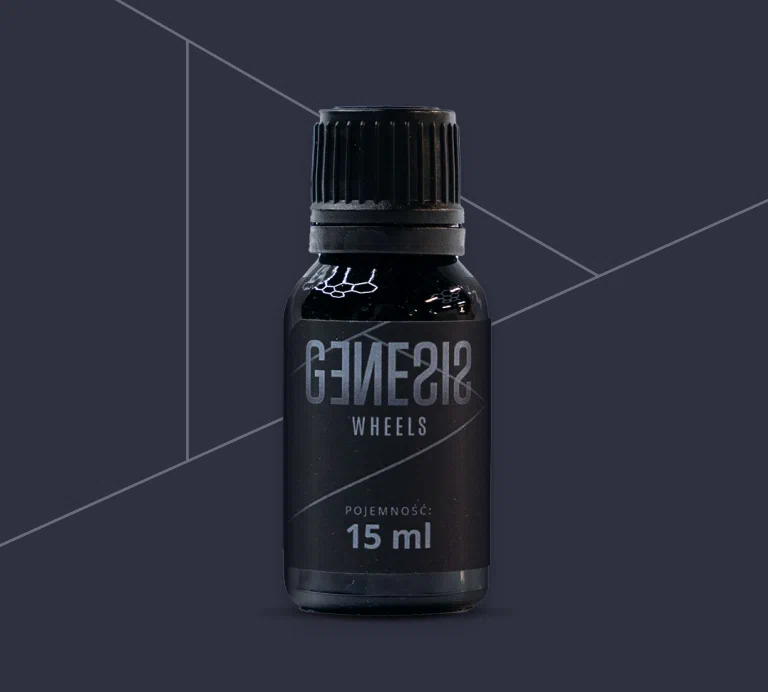
Coating
Wheels
- Special formula resistant to very high temperatures
- Resistant to salt and contaminants from the braking system
- Excellent at repelling all kinds of dirt
- Durability: 24 months
- Heat resistance: up to 400°C
Unmatched Paint Protection: Is Ceramic Coating the Key to Your Car's Longevity?
Ceramic coating is key to maintaining your car's beautiful appearance and protecting its paint, but is it worth the investment? In this article, we explain the properties of this modern technology, the protection it offers compared to other methods, and how much it costs. We will also go through the application process step by step, so you can decide if this technique is right for you and your car.
Key Information
- Ceramic coating is an advanced method of car paint protection with hydrophobic and self-cleaning properties, increasing resistance to scratches, dirt, UV radiation, and road salt.
- The application of ceramic coating requires paint surface preparation and appropriate conditions, and its durability and effectiveness depend on the quality of application requirements and regular maintenance.
- Using ceramic coating can increase the value of the car on the secondary market due to better paint condition and is more economically beneficial compared to frequent waxing.
What is Ceramic Coating and What Are Its Advantages?
Ceramic coating is an advanced method of car paint protection that features high gloss and resistance to atmospheric and mechanical factors. Its main advantages are resistance to weather conditions, UV radiation, and hydrophobic and self-cleaning properties, which make it easier to keep the car clean and provide long-lasting protection and a beautiful paint shine.
The hardness of the ceramic coating can vary depending on the product used, which affects its durability and protective properties.
Chemical Composition of Ceramic Coating
The main component of ceramic coatings is silicon dioxide (SiO2), which forms a durable and transparent protective layer known as a glaze coating. SiO2 is responsible for creating this layer, and differences in chemical composition between different products can affect properties such as hardness, durability, and hydrophobic properties.
Main Advantages of Using Ceramic Coating
Ceramic coating provides the most durable protection for car paint against:
- minor scratches
- dirt and other daily damage
- bird droppings
- UV radiation
- road salt
This protects the car from harmful atmospheric factors.
Moreover, the application of ceramic coating gives the car's paint additional shine, enhancing the overall appearance of the vehicle. Ceramic coating is characterized by high durability, lasting from 2 to even 7 years, depending on the chosen type, making it a long-term solution for paint protection.
The Ceramic Coating Application Process
The application of ceramic coating is a process that requires proper paint surface preparation, appropriate conditions, and application techniques. Preparing the paint surface is crucial for achieving optimal results, as is experience in applying the coating, as incorrect application can react unfavorably with the paint.
Ceramic coating can also be applied to matte finishes, increasing its versatility.
Paint Surface Preparation
Preparing the paint surface is a key step in the ceramic coating application process. The car paint surface must be thoroughly cleaned of:
- tar
- volatile metal particles
- metal contaminants
- any waxes or factory paint surface protections must be removed.
Using a product like Tar Remover is recommended to remove tar, stickers, and asphalt stains from the car surface, which is a crucial step before applying the ceramic coating.
Application Conditions
The optimal conditions for applying ceramic coating are a temperature of 15 to 25 degrees Celsius and humidity of 30 to 80%. To make the ceramic coating application most effective, it should be done in a dry and shaded place, preferably a prepared studio.
Application Method
The application of ceramic coating requires the use of a special applicator or cosmetic pad. You should:
- Vigorously shake the bottle.
- Apply a few drops to the applicator.
- Spread the product to form a coating.
- After the time recommended by the manufacturer, remove the excess with a microfiber cloth.
It is possible to apply several layers, with one-hour intervals - after one hour from applying the previous layer.
Ceramic Coating Care and Maintenance
To maintain the ceramic coating in good condition, you should:
- ‘unclog’ it periodically
- avoid waxing
- avoid automatic car washes
- use quick detailer to remove light dirt.
To safely wash a car with ceramic coating, use a soft sponge or wash contactlessly with a pressure washer or garden hose.
Cleaning and Washing a Car with Ceramic Coating
You cannot wash the car using any chemical preparations for a week after applying the ceramic coating to avoid damaging its properties. For proper cleaning of a car with ceramic coating, use active foam on a still dry body and use car accessories such as microfiber cloths.
Maintaining the Ceramic Coating
Ceramic coating requires regular maintenance every 3 months to keep its optimal protective and aesthetic properties. The ceramic coating maintenance product should be applied in a shaded place using an applicator, and then gently polished with a soft microfiber cloth.
Types of Ceramic Coatings on the Market
There are three main types of protective coatings for car paint on the market, including ceramic coatings, hydrophobic coatings, and spray coat coatings. Different types of ceramic coatings are available, offering various levels of protection and finish for car paint.
Quartz Coatings
Ceramic coatings, also known as quartz coatings, contain silica and protect the outer layer of paint from:
- dirt
- scratches
- acid rain
- UV radiation
- road salt
- low temperatures. With ceramic coating, your car will look like new for longer.
Quartz coatings can be applied not only to paint but also to wheels, protecting them from brake dust and other contaminants, and increasing their shine.
Other Types of Ceramic Coatings
Other types of ceramic coatings, such as hydrophobic coatings, also provide paint protection. Hydrophobic coatings protect against atmospheric factors, and additionally, water and dirt quickly run off the surface, minimizing the frequency of car wash visits.
Spray coat coatings are easy to apply and provide a high gloss and basic protective layer against scratches.
Cost and Profitability of Using Ceramic Coating
Using ceramic coating can be profitable, considering its durability and benefits related to car paint protection.
Material and Application Costs
The price of ceramic coating can vary depending on the brand and quality, ranging from around 150 to 1000 PLN per kit. The cost of professional application of ceramic coating depends on the time needed to perform the service and the hourly rates of the applicator. It's worth noting the cost of applying ceramic coating, which can affect the final price of the service.
Added Value for the Car
The application of ceramic coating provides high resistance to paint scratches and maintains its better condition for longer, which can translate into lower costs associated with body repairs.
Thanks to protection from external factors and maintaining a better appearance of the paint, a car with ceramic coating can be more attractive on the secondary market, helping to retain its value upon resale. Ceramic coating is a great investment for any car owner.
Comparison of Ceramic Coating with Other Paint Protection Methods
Ceramic coating can protect the paint for several years, while wax lasts on the paint from 1 to 6 months. Alternative paint protection methods include protective films and waxing, each offering different protective features and varying in price.
Car Waxing
Waxing is not as durable as ceramic coating, requiring frequent reapplication to maintain paint protection. Although wax improves the vehicle's appearance, providing shine and color depth, it offers less resistance to scratches, chemicals, and UV radiation than ceramic coatings.
Protective Film
Paint Protection Film often has the same thickness or is thicker than car paint, allowing effective protection against scratches.
Thanks to its properties, including anti-corrosion features, protective film can protect the vehicle from stone chips and light parking damages.
Summary
Ceramic coating is an innovative car paint protection solution offering many benefits such as resistance to weather conditions, UV radiation, hydrophobic and self-cleaning properties. Although the cost of applying ceramic coating may be higher compared to other protection methods, its durability and benefits related to paint protection and aesthetics can make it an investment that brings long-term benefits.
Do you want to start working with us?
